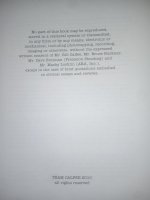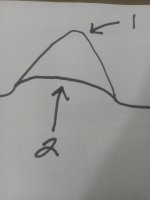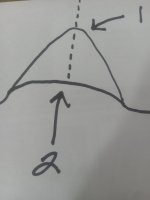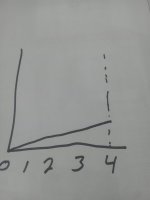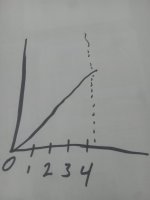C’mon man. The way the scans are being used here is almost certainly called fair use in the USA.

en.m.wikipedia.org
You have a point of view. Articulate it and support it with quotes or data. At this point you are just saying, “Read this book! Look at the number of champions!” Etc.
I would expect a proponent of tuners to say something like this:
“You know, it can be hard to pin down why they work. But they seem to work. I know that the fact that lots of competitors use them, by itself, doesn’t prove that they work. But it is compelling.”
“It seems like one needs to be a very good shooter with a very good rifle to be able to tell the difference. My hypothesis as to how they work is this:”
“Positive compensation is a way tuner proponents explain how tuners work. It means adjusting the rifle and ammo so the bullet exits the bore when the muzzle is flexing upwards.
This way, if you have a variation in bullet velocity (typical), at a certain distance any slower bullets will impact in the same spot as the faster bullets.
To realize any tuner benefits, one needs a very accurate gun to begin with plus the skills to shoot very very accurately. Otherwise all is for naught.”
Now, I’m just putting myself in your shoes. I’m sure I’ve explained your position incorrectly in some fashion. But I suggest you use this style as a template to get your point of view across. I am not
telling you to to do this. Just a suggestion.
Now, both sides start looking dumber by name-calling.

